Back in 2013, The Purge tapped into that dark part of us that we dare not speak of. Who hasn’t fantasized for a second about what they would do to someone who wronged them if there were no consequences? Surely the vast majority of people would never actually harm someone, but the thought it is there, however briefly. And upon the release of the first film, that’s all it was; just a sci-fi horror/thriller that played out like a typical home invasion film. What followed however, was a series that started to resemble an ever turbulent and changing society.
Absurdist Beginnings
As previously mentioned, the first film very much feels like a surreal exercise in generic horror. It deals with the idea that if we could all just “purge” our negative feelings and violence in one night, it would make us better the rest of the year. And so the new dominant political party, known as the NFFA (New Founding Fathers of America), puts the purge into place and it saves the nation. It drops unemployment below 5% and renders crime virtually nonexistent during the rest of the year. Because people are allowed to go all out that one night, they don’t feel the need to anytime else. This, of course, excludes all crimes of passion and profit. But that’s not really what the film series is trying to say. The film hints that this is all meant to benefit the rich and powerful. After all, the main protagonist (played by Ethan Hawke) amassed great wealth by selling purge-proof security system to his upper middle class neighbors.
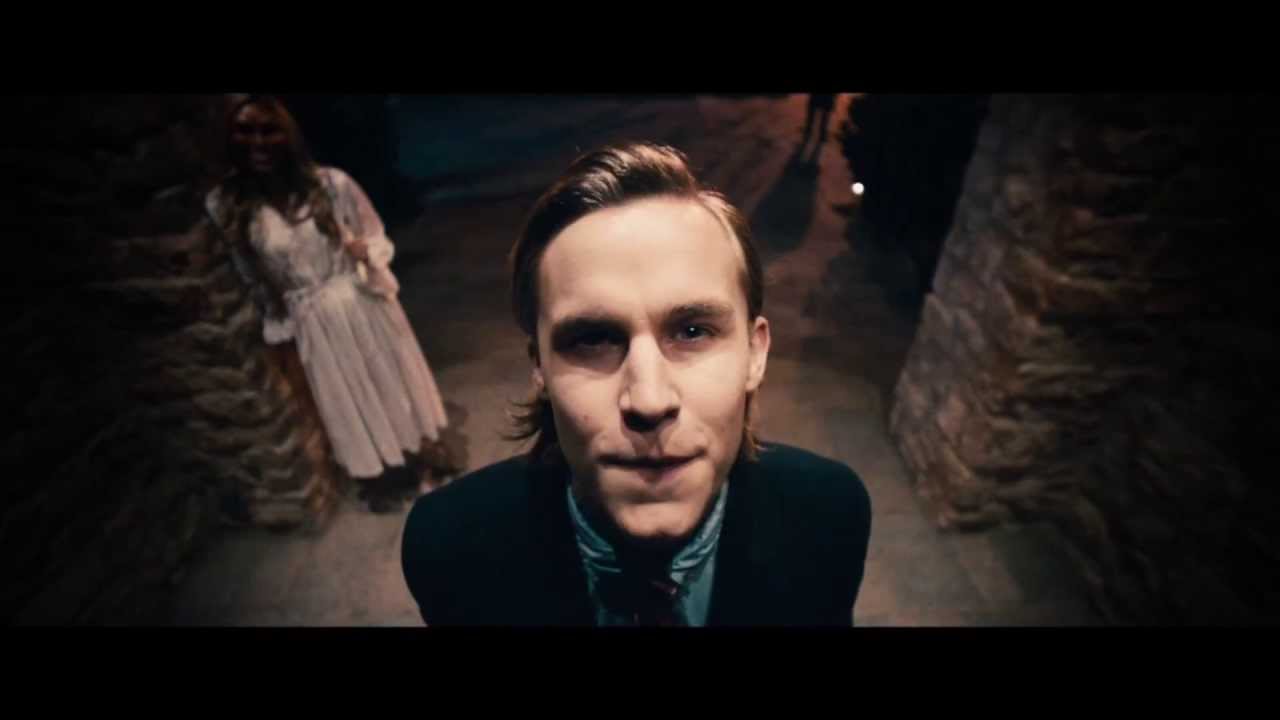
The second film, The Purge: Anarchy, has a much bigger budget, and is therefore able to showcase everything the first film couldn’t. It’s also the first one that truly explores how the purge disparages the poor and lower classes. The rich can afford to either leave the country, or purchase advanced weapons and participate. While the poor often end up being the victims. Anarchy even has a storyline involving people from the projects being abducted and thrown into a sort of arena where wealthy bidders get to go in and “hunt” them. In the end, it’s quite clear that the NFFA put the purge into place to eliminate those members of society that they believed to be drains on the system; those who relied on government programs to survive. And again, back in 2014, this all seemed very farfetched.
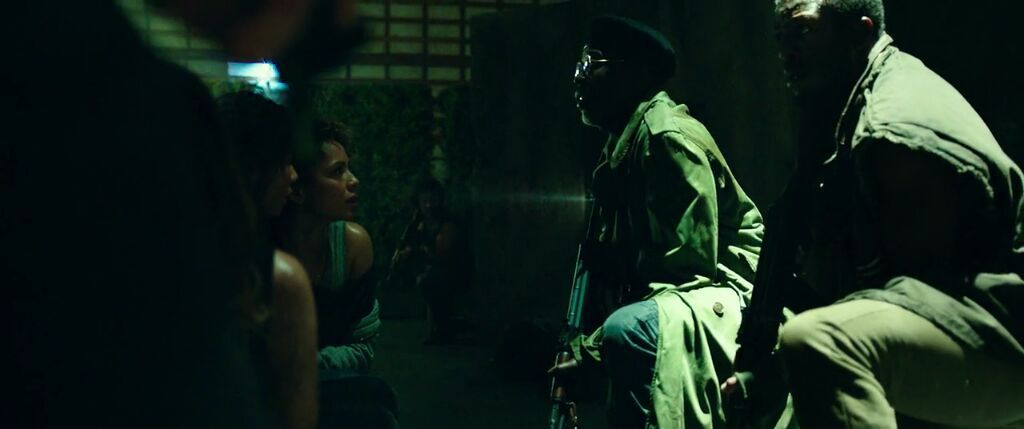
A Year to Remember
Enter 2016, and the world changed forever, both on screen and off. The Purge: Election Year takes the idea of the purge as a tool of class warfare and runs with it. With many eerie parallels to the US Presidential Election of 2016, the film deals with a highly divisive society and an almost cult-like devotion to the NFFA by its followers. Running against this insanity is a female senator (played by Elizabeth Mitchell) who stands for all of the people, and wishes to put an end to the purge once and for all. Her opponent, both a reverend, as well as a puppet of the NFFA spouts irrational and absurd rhetoric in the debates, to which she pleads to the audience how they can eat up such nonsense.
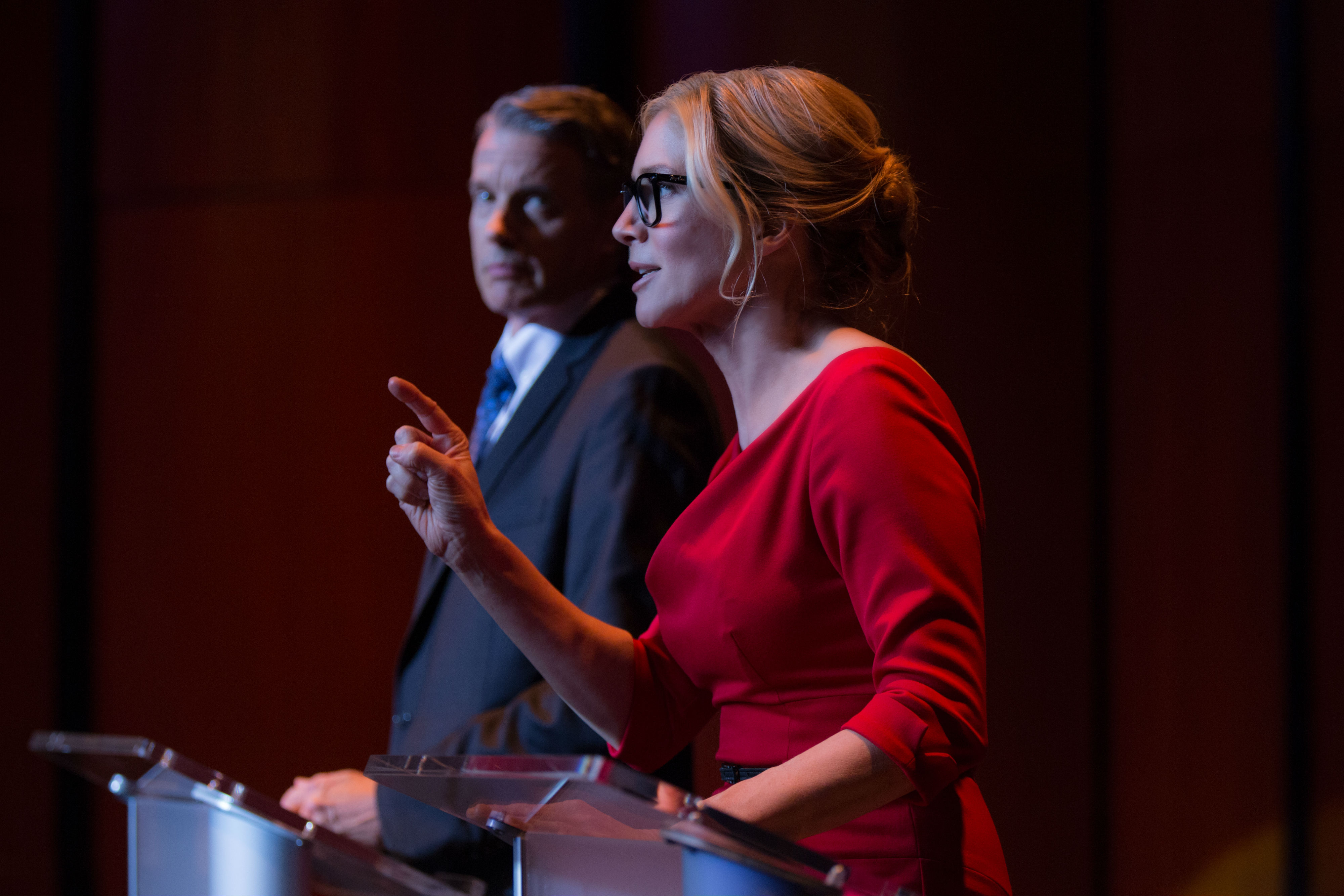
As a response, the NFFA decides to have her killed on purge night so as to remove her as a threat. Among the hired men that go after them, many display swastikas, Confederate flags, and other white supremacist symbols, much like the current alt-right which has risen in visibility since 2016. It’s difficult not to notice some of the similarities between those characters who worship the purge (full well knowing its true nefarious purpose), and the most extreme, right-wing, Trump supporters we see today.
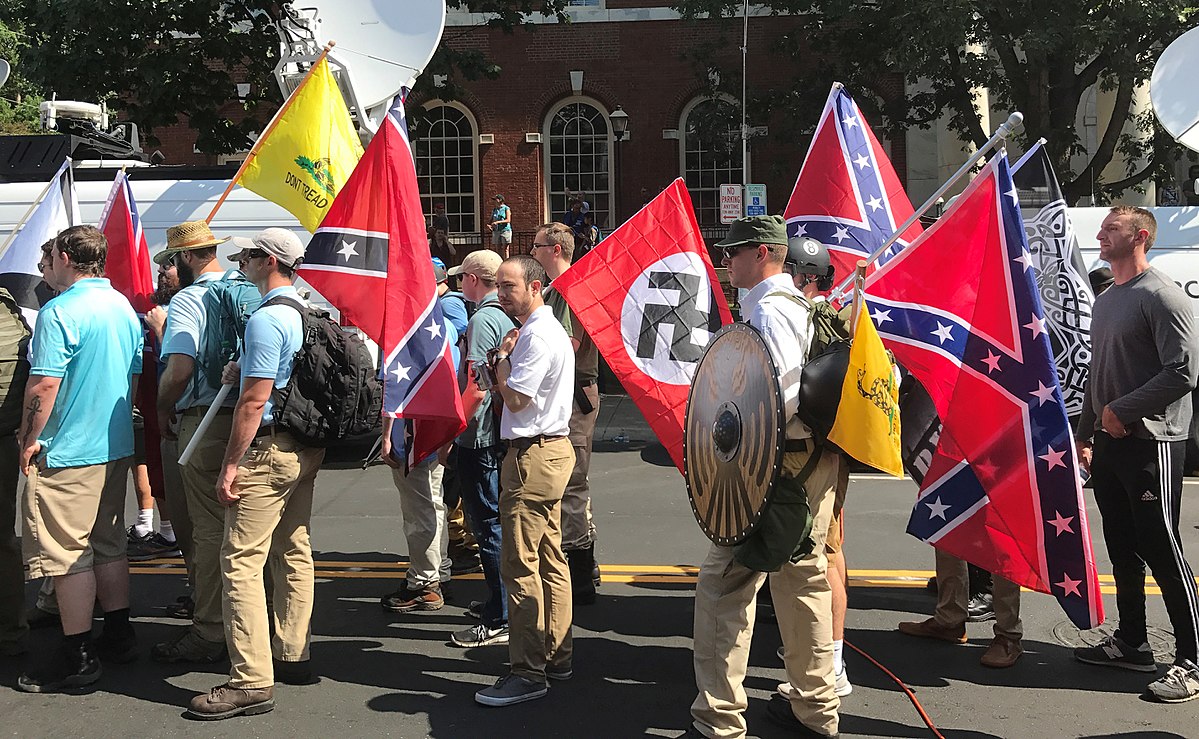
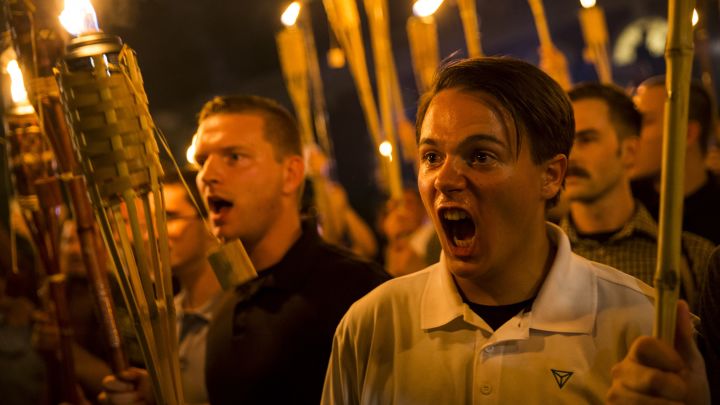
Self-Fulfilling Prophecy?
Back when The Purge first debuted, it was completely out of the question to think that something like that would ever really happen. And while the idea of the government sanctioning murder for the night is unlikely, class warfare and anarchy seem frighteningly plausible. We now live in a nation far more divided than ever before. Extremists spout illogical statements based on false truths that they will defend to the death, much like those followers of the NFFA in the films. In the last year and half, we’ve seen more activity of hate crimes and rallies in support of white supremacy. Our nation once descended into civil war and it’s always possible that it could happen again. And perhaps that would be how life could imitate art, the dreadful purge might one day become close to reality.





